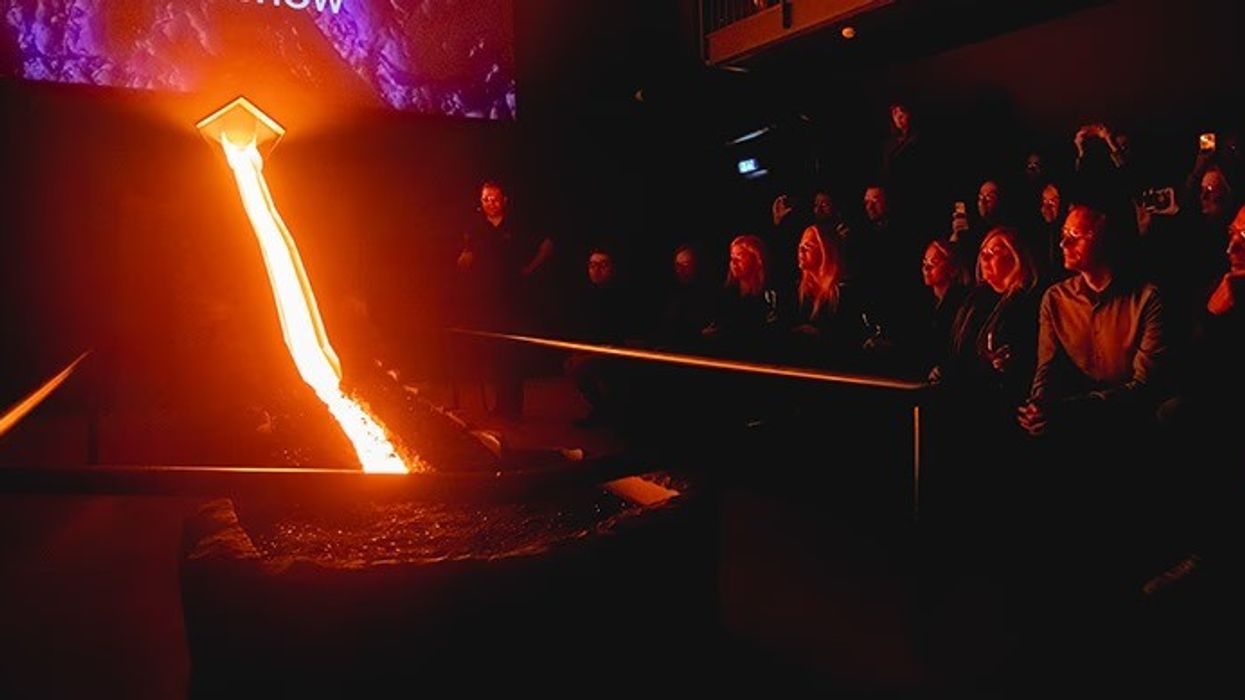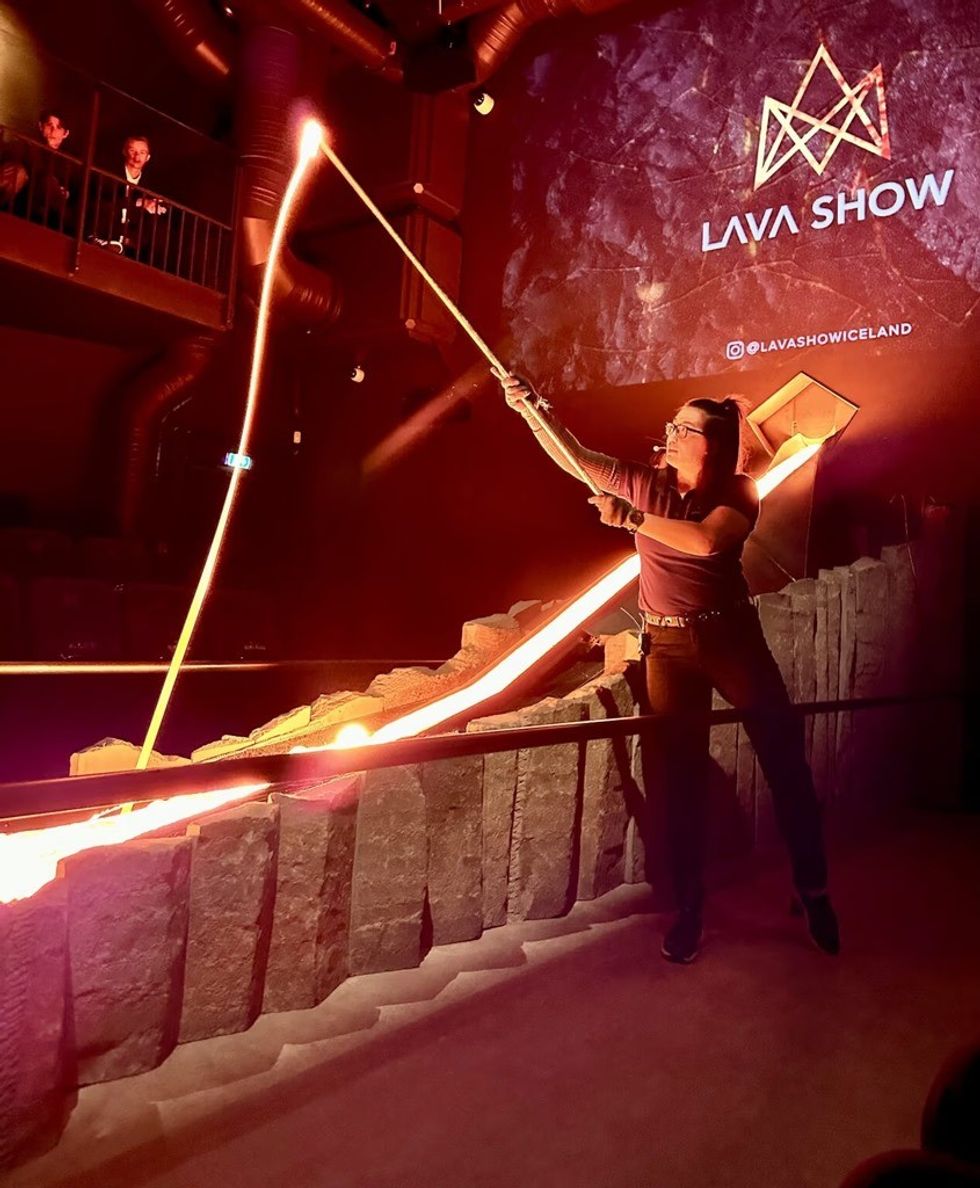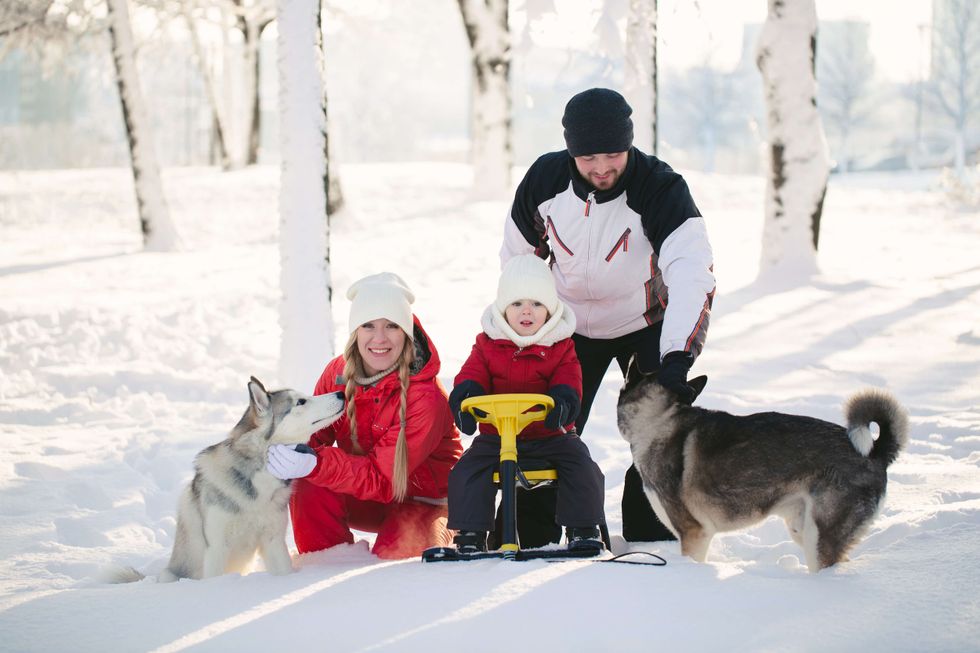The Lava Show is a one-of-a-kind immersive experience that recreates the intense spectacle of a volcanic eruption, bringing guests face-to-face with flowing molten lava. Located in Iceland, this award-winning attraction combines education, entertainment, and cultural storytelling to provide an unforgettable sensory experience. Here's everything you need to know about its history, highlights, and how to plan your visit.
History and origin
The concept of the Lava Show was born in 2010 when Júlíus and Ragnhildur, a husband-and-wife duo, witnessed the awe-inspiring lava fall during the Fimmvörðuháls eruption. This event, a precursor to the famous Eyjafjallajökull eruption, ignited their dream of offering people a safe yet thrilling way to experience molten lava up close.
Life took a turn when their two sons were diagnosed with autism in 2011. Inspired by their sons’ resilience, Júlíus and Ragnhildur revived their idea in 2016, determined to showcase that hard work and dedication could overcome any obstacle. By 2018, the world's first Lava Show premiered in Vík, followed by another location in Reykjavík in 2022. The couple’s third son, born the same year, was aptly named “Funi,” meaning fire, symbolising the passion behind their endeavour.
The experience
At the Lava Show, real basaltic lava is superheated to 1,100°C (2,000°F) and poured into a showroom, where guests can observe the molten spectacle from the safety of their seats. The lava originates from the 1918 Katla eruption, with its source material being basaltic sand from Iceland’s iconic black sand beaches.
As the lava flows over strategically placed ice blocks, it undergoes a rapid cooling process, transforming into exquisite volcanic glass with an obsidian-like finish. Guests can feel the heat, hear the lava crackle, and witness the mesmerising cooling process, all while learning about Iceland’s volcanic history from knowledgeable hosts.
Location and how to reach
- Vík Location: The original Lava Show is located in Vík, a charming seaside village on Iceland’s South Coast. Vík is approximately 187 km (116 miles) from Reykjavík and can be reached via a 2.5-hour drive on Route 1, also known as the Ring Road.
- Reykjavík Location: A second Lava Show venue opened in Reykjavík, Iceland’s capital, making it accessible for urban explorers and travellers. The Reykjavík location is conveniently reachable by public transport, taxis, or a short walk from downtown attractions.
Highlights and tickets
The Lava Show offers two main experiences:
- Classic Experience (45–55 minutes): Includes the live lava demonstration, starting at 5,900 ISK for adults and 3,500 ISK for children.
- Premium Experience (60 minutes): Adds VIP perks like aperitifs, balcony seating, a backstage tour, and a gift-wrapped piece of lava, priced at 9,900 ISK per adult.
Private shows and group bookings are also available for special occasions or educational tours.
Plan your visit
Advance booking is recommended as the show frequently sells out. Free parking is available, and on-site amenities include a café/bar and a gift shop featuring lava-inspired items. Whether you're a geology enthusiast or an adventurous traveller, the Lava Show offers a sensory-loaded journey that combines science, culture, and sheer wonder.








 During summer and autumn, when snow is absentiStock
During summer and autumn, when snow is absentiStock





